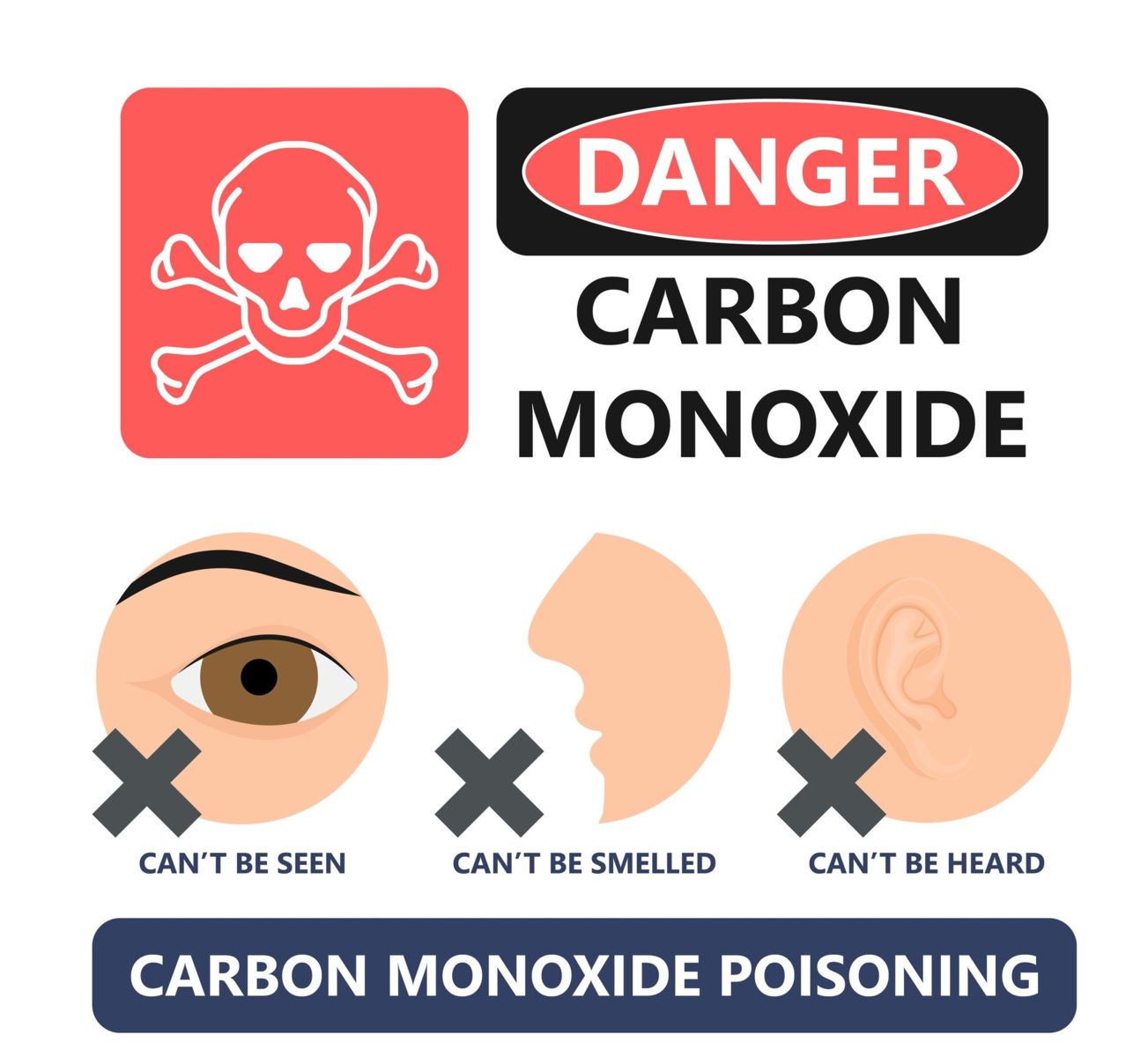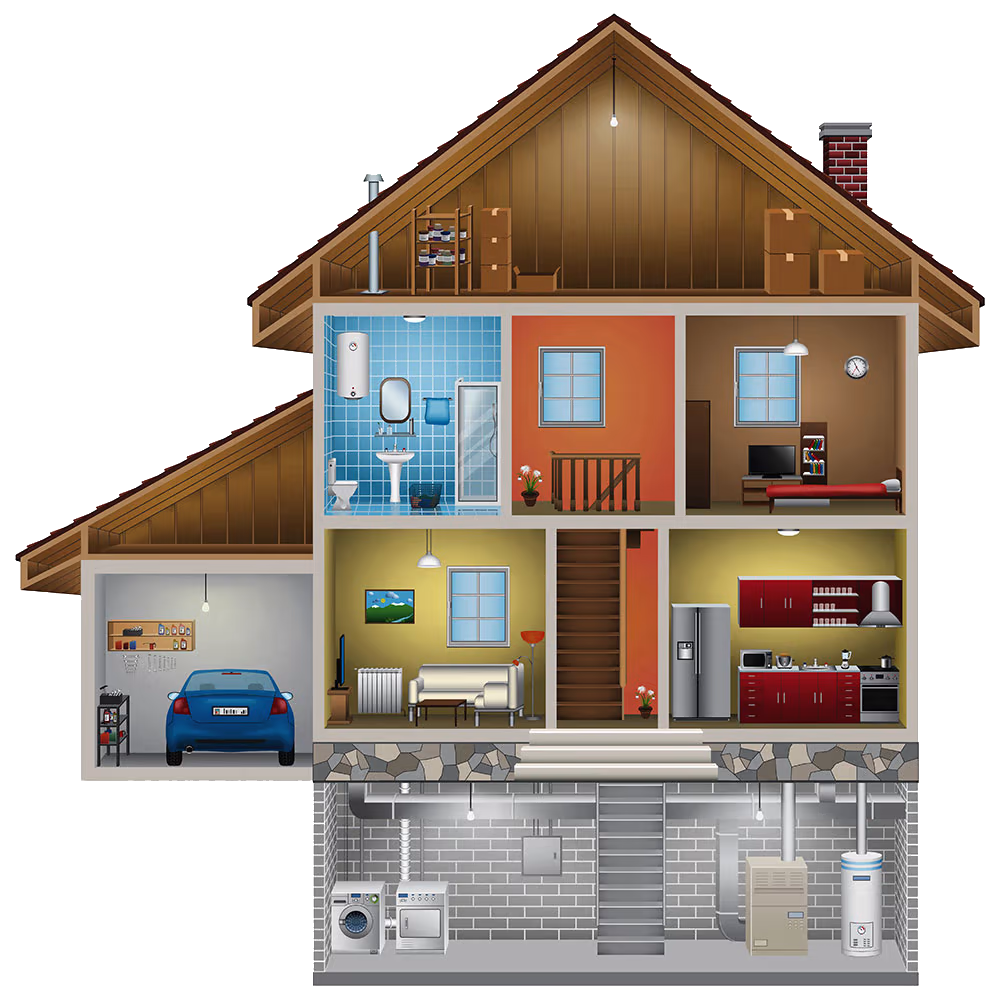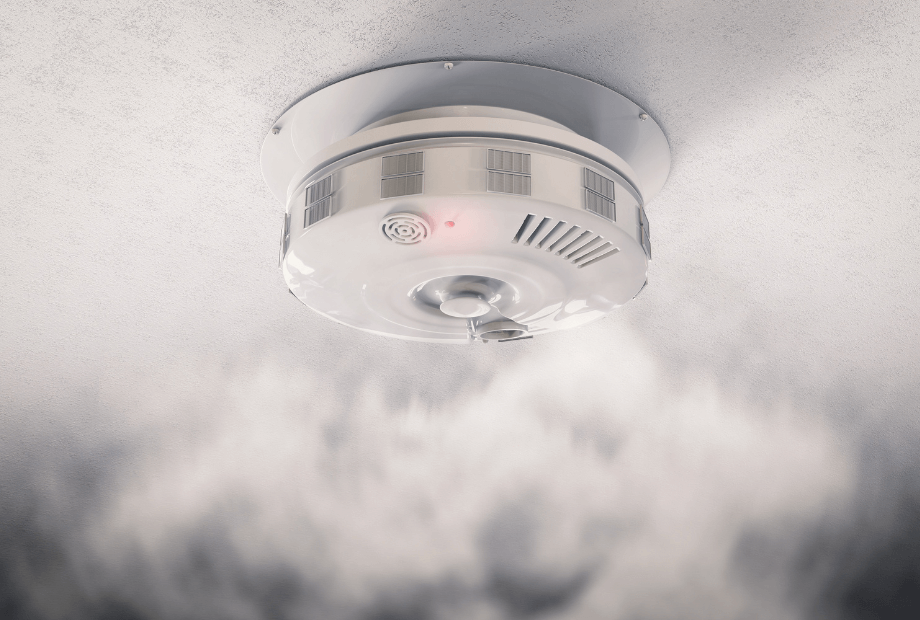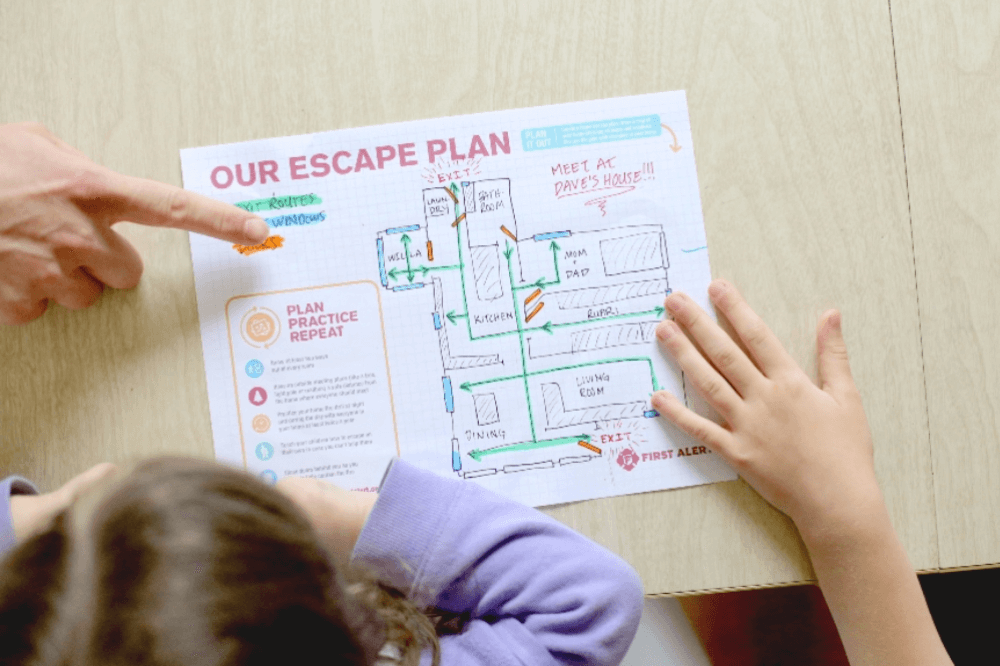 |
| Juniata County Live Scanner Feed |
| Upcoming Events |
| There are currently no events |
| View All Events |
| 2025 Calls For Service | |
| Jan | 32 |
| Feb | 31 |
| Mar | 24 |
| Apr | 39 |
| May | 27 |
| Jun | 26 |
| Jul | 9 |
| Aug | - |
| Sep | - |
| Oct | - |
| Nov | - |
| Dec | - |
| Total | 188 |
| JAWB-TOWN | |
| FIRE JAWBS | TOOL JAWBS |
| 14 | 1 |
| Web Counters | ||||||
|
|
To safeguard against this hidden danger, adhere to the following safety guidelines: Regular Maintenance: Arrange for an annual inspection and servicing of your home heating systems, including chimneys and vents, by a qualified service technician. Generator Safety: Never operate portable generators indoors, be it within homes or garages, irrespective of open doors or windows. These should only be used outdoors, placed at a safe distance from the dwelling. Grill Safety: Refrain from bringing charcoal grills indoors for heating or cooking purposes, and never barbecue within the confines of a garage. Appliance Caution: Avoid utilizing gas ranges or ovens for heating purposes, as this practice can lead to CO accumulation indoors, posing a significant risk. Fireplace Precautions: Prior to igniting a fire, ensure the fireplace damper is fully open, and keep it so until the ashes have cooled down. This measure aids in preventing the buildup of toxic gases within the household. Install CO Alarms: Safeguard your home by installing battery-operated CO alarms, preferably with battery backup, positioned outside sleeping areas. These alarms act as an early warning system, detecting even low levels of CO and alerting occupants to potential danger. Recognize Symptoms: Familiarize yourself with the symptoms of carbon monoxide poisoning, which include headache, dizziness, weakness, nausea, vomiting, sleepiness, and confusion. Should you suspect CO poisoning, promptly evacuate to an area with fresh air and seek medical assistance by dialing 911. By prioritizing these safety measures and raising awareness about the dangers of carbon monoxide, we can effectively mitigate the risks associated with this lethal gas and protect our homes and loved ones.
Comprehensive Placement Strategy: Install smoke alarms meticulously throughout your home, including inside bedrooms and outside sleeping areas. Optimal locations include ceilings or high on walls to maximize coverage. Strategically position smoke alarms away from kitchens, maintaining a distance of at least 10 feet from cooking appliances. This minimizes false alarms while ensuring prompt detection in critical areas. Customized Alerts for Accessibility: Embrace inclusive design by integrating special alarms equipped with features like strobe lights and bed shakers. These adaptations cater specifically to individuals who are hard of hearing or deaf, ensuring they receive timely alerts during emergencies. Regular Maintenance and Testing: Prioritize the monthly testing of smoke alarms to verify functionality and reliability. Consistent checks guarantee early detection capabilities remain operational, offering crucial time for evacuation. Schedule annual battery replacements for both smoke alarms and carbon monoxide detectors. This proactive approach ensures uninterrupted Vigilance in Upkeep and Replacement: Uphold a vigilant stance on smoke alarm maintenance by adhering to manufacturer guidelines and replacing units that are a decade old or older. Modern advancements in technology offer improved sensitivity and efficiency, enhancing overall safety levels. Embrace technological innovations and invest in newer models equipped with advanced features that align with contemporary safety standards. Educational Initiatives and Community Engagement: Foster a culture of fire safety within your household through educational endeavors. Implement a comprehensive fire escape plan and conduct regular drills to reinforce preparedness and resilience. Extend your commitment to fire safety beyond your home by actively participating in community initiatives and supporting fire prevention campaigns. Collaborative efforts contribute to broader awareness and collective resilience against the threat of fires. By integrating these enhanced safety measures, you can fortify your home against the risk of fires and safeguard the well-being of your loved ones. Remember, proactive prevention is key to mitigating the devastating impact of residential fires.
Make an Escape Plan
Map Your Home: Begin by drawing a detailed map of your home. Then, follow these guidelines from the NFPA (National Fire Protection Association): Plan Multiple Escape Routes: Ensure there are at least two ways to escape from each room. This could include doors and windows. Ensure Accessibility: Make sure all doors and windows leading outside open easily. In case of emergency, every second counts. Identify Alternative Routes: Identify secondary routes such as windows onto an adjacent roof or consider purchasing a collapsible ladder for second-floor windows. Use Stairs, Avoid Elevators: If you live in a multi-story building, always plan to use the stairs for evacuation, never the elevator. Establish a Meeting Point: Designate an outside meeting place that is a safe distance from your home. This ensures everyone can be quickly accounted for in the event of a fire.
Everyone, including children, should be familiar with your family's escape plan. Despite 71% of Americans having a home fire escape plan, only 47% have practiced it. Here's how you can ensure preparedness: Regular Drills: Practice your fire drill with everyone in the household at least twice a year, both at night and during the day. Emergency Techniques: During drills, practice essential emergency techniques, such as: Getting out with eyes closed, crawling low to the floor, and keeping your mouth covered to avoid smoke inhalation. Closing doors behind you to slow the spread of fire and smoke. Knowing how to "stop, drop, and roll" if clothes catch fire. Testing door handles to check if they are hot before opening them. Children's Preparedness: Teach children never to hide during a fire and educate them on how to escape on their own if necessary, in case you're unable to assist them. By following these guidelines and regularly practicing your home fire escape plan, you can significantly increase your family's chances of safely escaping a fire emergency. |
 Carbon monoxide (CO), dubbed the "Invisible Killer," poses a grave threat due to its insidious nature - it's both colorless and odorless, making it imperceptible to human senses. Tragically, over 150 individuals in the United States succumb to accidental non-fire-related CO poisoning annually, often linked to the use of consumer products such as generators. Additionally, faulty, misused, or improperly vented fuel-burning appliances like furnaces, stoves, water heaters, and fireplaces contribute to this silent menace.
Carbon monoxide (CO), dubbed the "Invisible Killer," poses a grave threat due to its insidious nature - it's both colorless and odorless, making it imperceptible to human senses. Tragically, over 150 individuals in the United States succumb to accidental non-fire-related CO poisoning annually, often linked to the use of consumer products such as generators. Additionally, faulty, misused, or improperly vented fuel-burning appliances like furnaces, stoves, water heaters, and fireplaces contribute to this silent menace.
 Amidst the seasonal risks and the prevalence of home fires, ensuring your home is equipped with effective smoke alarms is paramount. Here are some enhanced safety measures to fortify your fire prevention strategy:
Amidst the seasonal risks and the prevalence of home fires, ensuring your home is equipped with effective smoke alarms is paramount. Here are some enhanced safety measures to fortify your fire prevention strategy: performance, safeguarding against unforeseen battery failures.
performance, safeguarding against unforeseen battery failures. A home fire is reported every 88 seconds. Once a smoke alarm sounds, a fire can spread rapidly, leaving only a minute or two to escape. Therefore, having a well-prepared home escape plan is crucial.
A home fire is reported every 88 seconds. Once a smoke alarm sounds, a fire can spread rapidly, leaving only a minute or two to escape. Therefore, having a well-prepared home escape plan is crucial.
